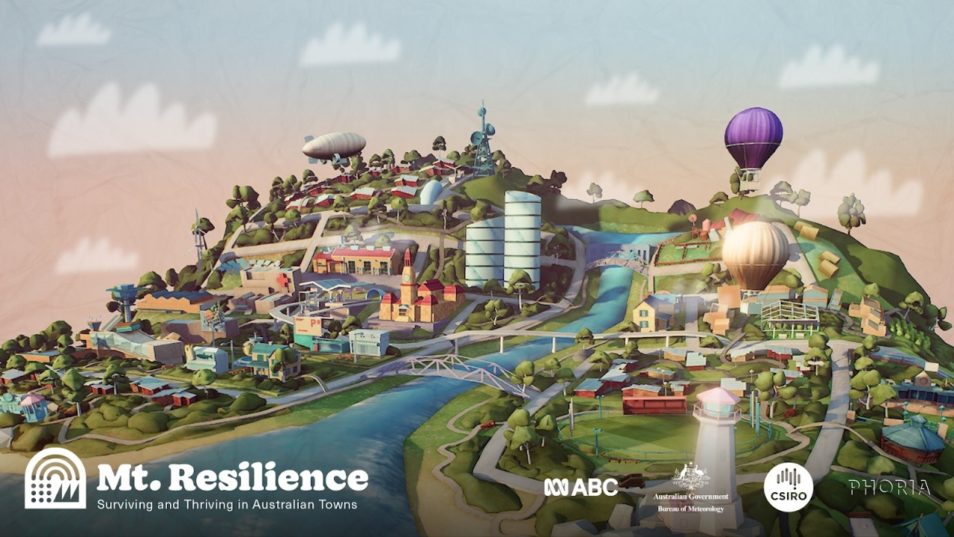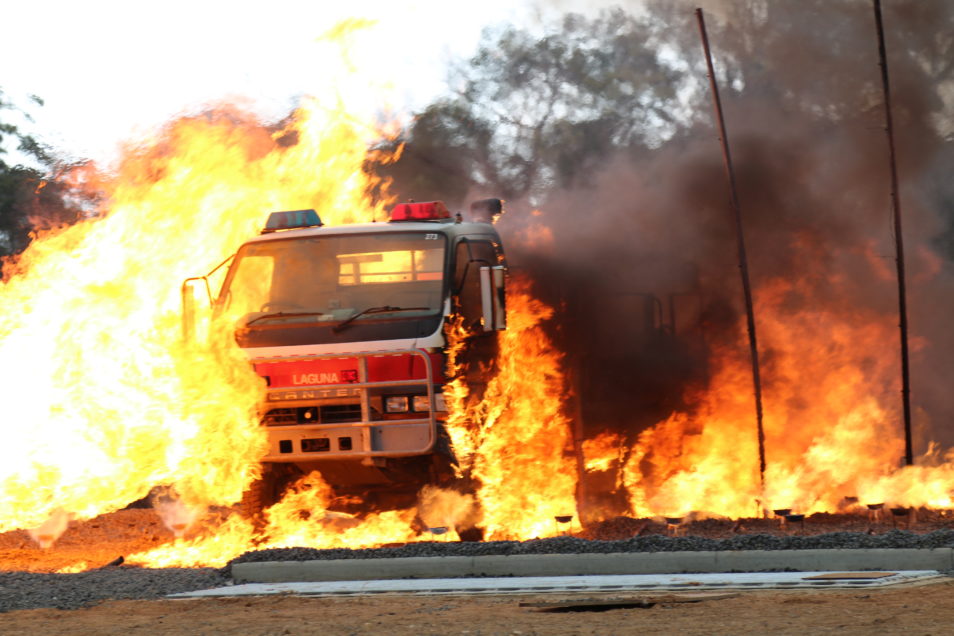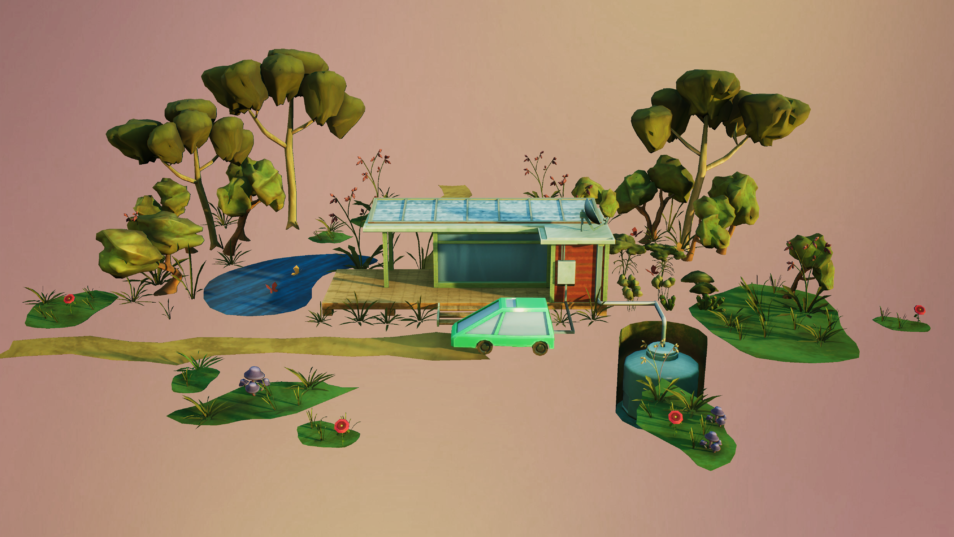
Take a trip and pick up some tips while undertaking the Augmented Reality (AR) experience that is Mt Resilience.
I’m excited about Augmented Reality (AR). Because unlike Virtual Reality, which closes the world out, AR allows individuals to be present in the world but hopefully allows an improvement on what’s happening presently. – Tim Cook, CEO of Apple
To prepare people for more frequent and extreme weather events, our researchers have teamed up with the ABC to embrace Augmented Reality (AR).
Launched last night on the ABC, Mt Resilience is an AR experience developed to accompany the three-part series: Big Weather (and how to survive it).
All from a handy mobile phone, users get to unlock interactive stories researched by our experts and those at the Bureau of Meteorology (BOM).
Why use Augmented Reality when preparing people for disaster?
According to the ABC’s Emma Morris, AR is an experiential storytelling medium that layers digital content over a real-world environment.
But there’s also webAR. With webAR, AR is delivered instantly to mobile devices through a web browser, instead of an app like traditional AR. It makes AR experiences more accessible to mainstream audiences. Emma said the use of webAR skyrocketed in 2020.
She quotes a recent study that found AR experiences delivered almost double (1.9 times) the levels of engagement compared to their non-AR equivalent. She said as her team pitched the project at the start of 2020, Google had measured a 25x increase in the use of WebAR.
With webAR, audiences can simply open Mt Resilience via a live link or QR code.

Mt Resilience lets you experience catastrophic fire danger.
A day on Mt Resilience
As Mt Resilience host and actress Ursula Yovich says: “It’s no utopia.” On a typical day in Mt Resilience, you could face heatwaves, drought-induced dust storms, and catastrophic fire danger. You could also experience hazardous air quality due to bushfires, severe storms, damaging wind, lightning, hail and flooding.
And that’s all before breakfast.
But it needn’t end in disaster. If you – and many others in the community, business and government –work together to do the necessary planning for resilience. So slip on your Survivor bandana, pack your water bottle and trusty compass for a tour around Mt Resilience.
But be warned, you can probably leave the picnic at home.
A changing future
ABC’s Big Weather series highlights a national conversation on how Australians can prepare, survive and thrive through more frequent extreme weather events.
Additionally, it’s important to rigorously interrogate the overall story of Mt Resilience and the key solutions presented for each extreme weather event.
So that’s what leading experts and a core team of scientists did. The ABC sought extensive consultation with us and BOM to ensure the accompanying stylised AR experience was scientifically correct. The intricate 3D modelling brings the town to life reflects real-world weather phenomena and challenges.
Indigenous artist Blak Douglas also helped the team visualise Indigenous concepts. He plays Yidaki on the soundtrack.
Dr Tim Muster, our Adaptive Liveable Cities team leader, led our group of experts. They consulted with the ABC on topics including integrated urban systems for cities, sustainability and resilience, preparing for and recovery after disaster and bushfire and storm-resistant house design.

Our team provided advice on bushfire-resistant housing. Image: ABC
Building resilience
The program aims to build resilience in audiences. It reinforces that everyone has a role to play when it comes to preparing for extreme weather events in real-life.
Dr Deborah O’Connell is our Understanding and Preparing For Disaster expert. She said taking action to reduce vulnerability to disaster by managing risks needs to be done by everyone.
The adaptation and innovation showcased in Mt Resilience show some of the concrete ways in which decisions and actions can be taken by everyone. They include householders, communities, governments, planners, the insurance and finance industries, and a range of other businesses. All can plan and co-ordinate things in different ways.
This is how a town can create great opportunities for connected communities, nature-based solutions, jobs and a thriving local economy during the good times. A community can do this while being fully prepared to withstand extreme weather events without suffering great loss and harm.
You can go to Mt Resilience too
The Mt Resilience creators hope the experience will be a relatable and positive conversation starter for all Australians. It gives insight into a world where we have learnt to adapt to extreme weather and made the necessary changes to live with our changing climate.
So take a walk around Mt Resilience – or maybe a run. And if you are feeling particularly brave, trigger a disaster and see the response up close.
There are many sections of the Mt Resilience region to explore. They include the Fire Resilience House, Indigenous Land Management, Severe Storm and Greendale Suburb.
It’s guaranteed to be a trip.


11th November 2020 at 5:19 pm
It seems pretty good ?
11th November 2020 at 5:18 pm
It sees pretty good ?